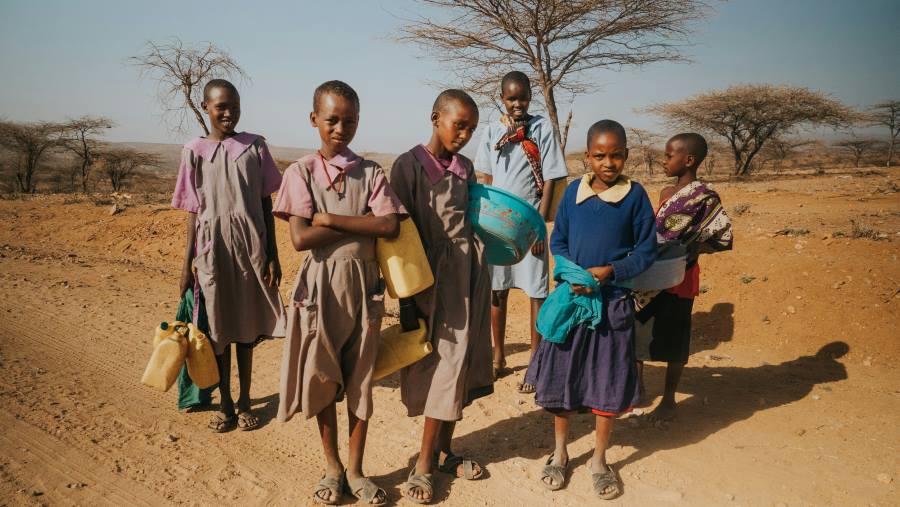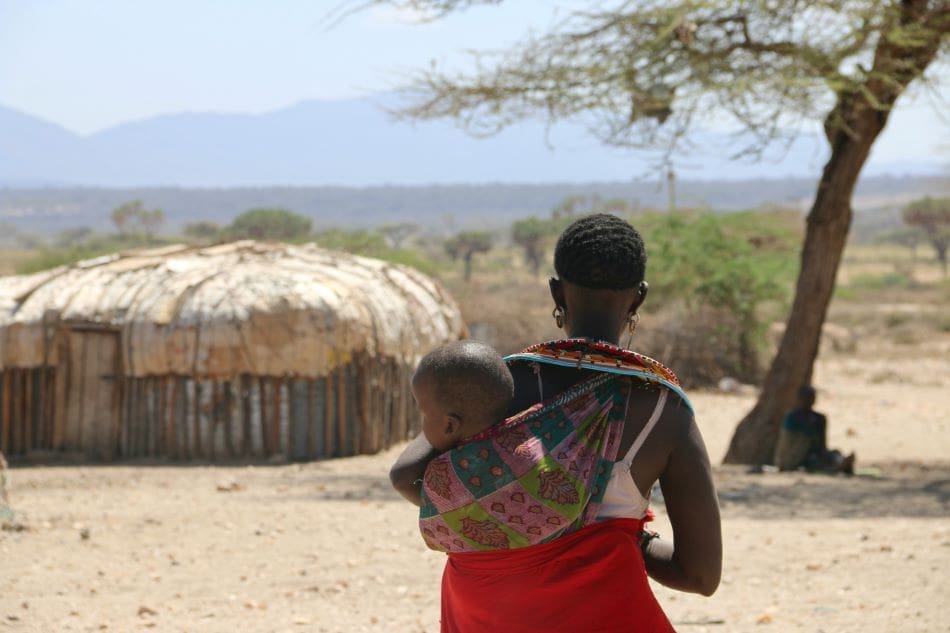Summary:
Extreme weather and climate-related resource shortages are driving a hidden crisis in Kenya, placing the sexual and reproductive health (SRH) of young adolescents at serious risk. A study published in BMJ Global Health explores how food, water, and sanitation insecurities, worsened by climate change, are contributing to school dropout, early pregnancy, transactional sex, and gender-based violence among youth aged 10 to 14.
Researchers from the University of Toronto and Kenyan partners worked with nearly 300 participants across six climate-affected regions — Mathare, Kisumu, Isiolo, Naivasha, Kilifi, and Kalobeyei Refugee Settlement. Using focus groups and community-based methods, they identified both direct and indirect pathways between extreme weather events and SRH risks. Droughts and floods disrupted food access, pushing girls into exploitative relationships to secure basic needs like menstrual supplies. Water scarcity led to missed school days and exposure to harassment, while inadequate sanitation fueled menstruation-related challenges and sexual coercion.
“Climate change isn’t just an environmental issue, it’s an urgent public health emergency for young adolescents,” said lead author Dr. Carmen Logie.
The study introduces a model linking ecological, economic, and social stressors to adolescent vulnerability. Its authors call for climate-informed, gender-sensitive, and youth-centred responses to support adolescents living at the intersection of climate and SRH crises.

Climate change driving sexual and reproductive health risks among young adolescents in Kenya
Climate change and extreme weather events are threatening the sexual and reproductive health (SRH) of young adolescents in Kenya, according to a new study. The study reveals that food, water, and sanitation insecurities are placing young adolescents aged 10-14, especially girls, at increased risk of school dropout, transactional sex, gender-based violence, and early pregnancy.
“Climate change isn’t just an environmental issue, it’s an urgent public health emergency for young adolescents,” says lead author Dr. Carmen Logie, Professor at the University of Toronto’s Factor-Inwentash Faculty of Social Work (FIFSW) and Canada Research Chair in Global Health Equity and Social Justice with Marginalized Populations. “In our study, we heard stories from young adolescents and community elders describing how drought, floods, and resource shortages are pushing children to drop out of school or exchange sex for food, water, or menstrual products.”
The study involved 297 participants, including 119 elders and 178 young adolescents across six climate-affected regions in Kenya: Mathare, Kisumu, Isiolo, Naivasha, Kilifi, and Kalobeyei Refugee Settlement. Researchers from the University of Toronto collaborated with two Kenyan community-based organizations, the Centre for the Study of Adolescence and Elim Trust. Using focus groups, walk-along interviews, and participatory mapping workshops, the study examined how climate change-induced resource insecurities are shaping SRH risks among youth.
“Girls told us about the shame of not having clean clothes or menstrual supplies, and how it led them to stay home from school or enter exploitative relationships just to meet basic needs,” says co-author Aryssa Hasham, Research Officer at FIFSW. “These are not isolated incidents. They’re part of broader, gendered systems of vulnerability and disadvantage that have been exacerbated by climate change.”
The study identified multiple direct and indirect pathways linking extreme weather events to poor SRH outcomes. Droughts and floods disrupted food systems, contributing to school dropout, street involvement and homelessness, and sexual exploitation. Water shortages were linked to educational disruptions and exposed girls to harassment and violence at collection sites. Lack of access to safe sanitation contributed to menstruation-related school absences and coercive sexual encounters in exchange for menstrual supplies.
The authors call for climate-informed SRH interventions tailored to the realities of young adolescents in low-resource, high-risk settings. Their findings offer a roadmap for policy makers, NGOs, and health systems working at the intersection of environmental justice and adolescent health.
“We must act quickly to develop climate-informed, adolescent-centred, and gender-transformative programs,” says co-author Dr. Julia Kagunda, Director of Elim Trust. “These programs must address the root causes of insecurity to protect young people’s health and futures.”
Journal Reference:
Carmen H. Logie, Aryssa Hasham, Julia Kagunda, Humphres Evelia, Clara Gachoki, Beldine Omondi, Mercy Wanjiru, Lesley Gittings, Sarah Van Borek, Peter A Newman, Esme Fuller-Thomson, Lina Taing, Isabel Sternthal, Sheri Weiser, Robert Hogg, Janet Turan, ‘Climate change, resource insecurities and sexual and reproductive health among young adolescents in Kenya: a multi-method qualitative inquiry’, BMJ Global Health 10, 5: e016637 (2025). DOI: 10.1136/bmjgh-2024-016637
Article Source:
Press Release/Material by University of Toronto
Featured image credit: Polina Koroleva | Unsplash




